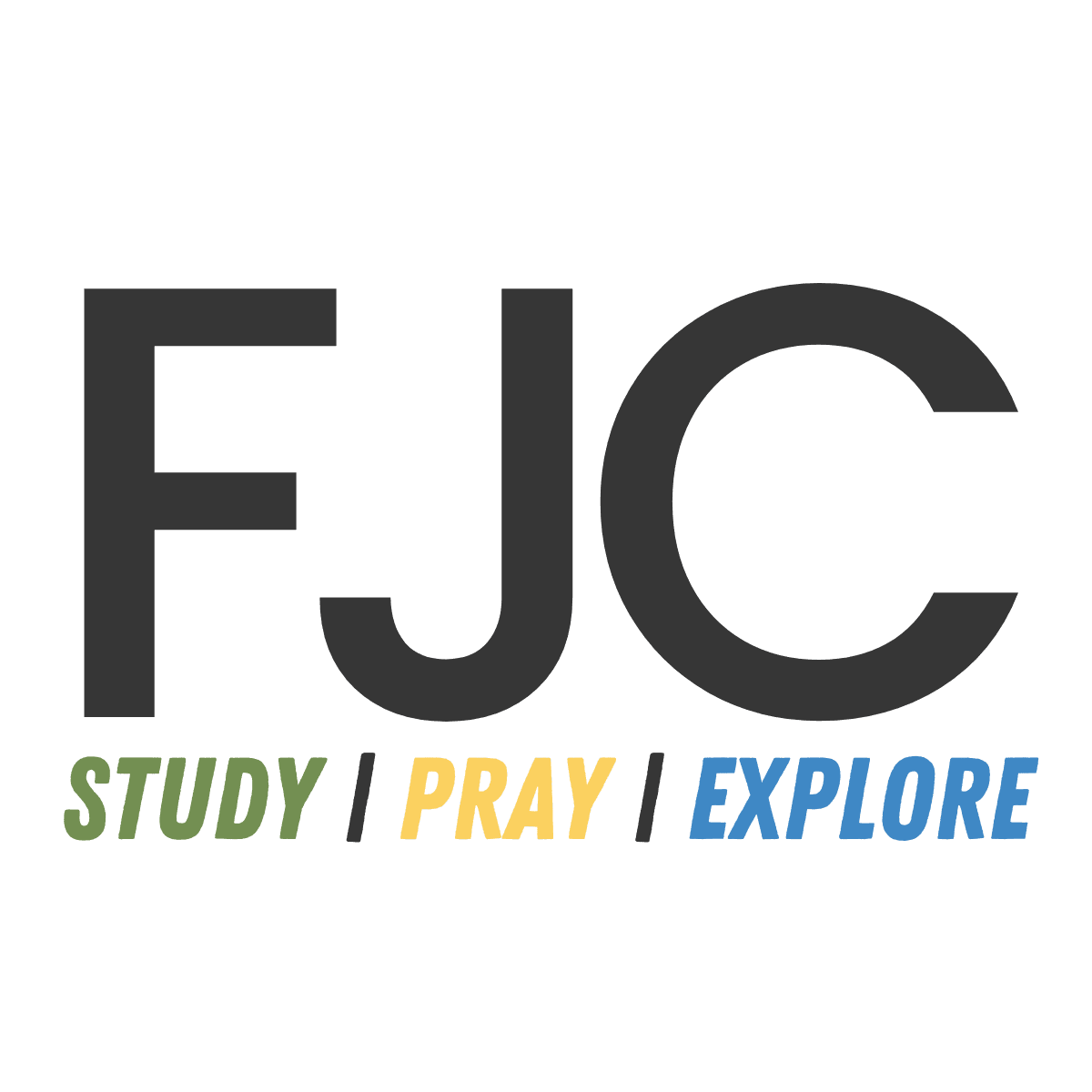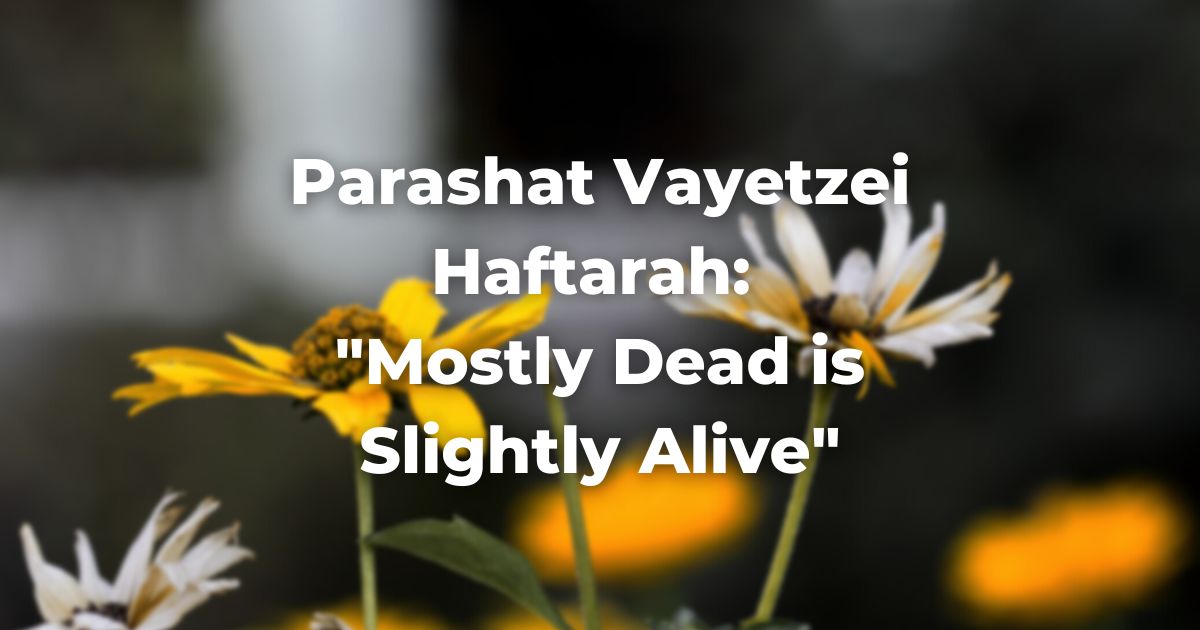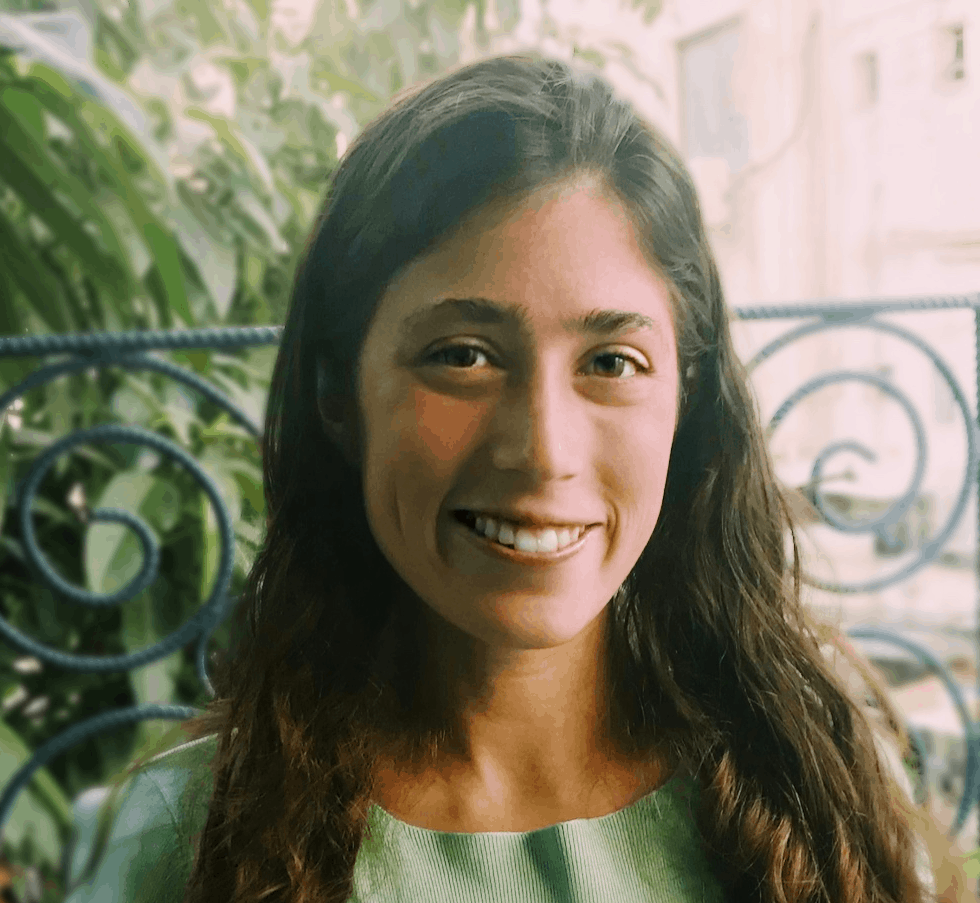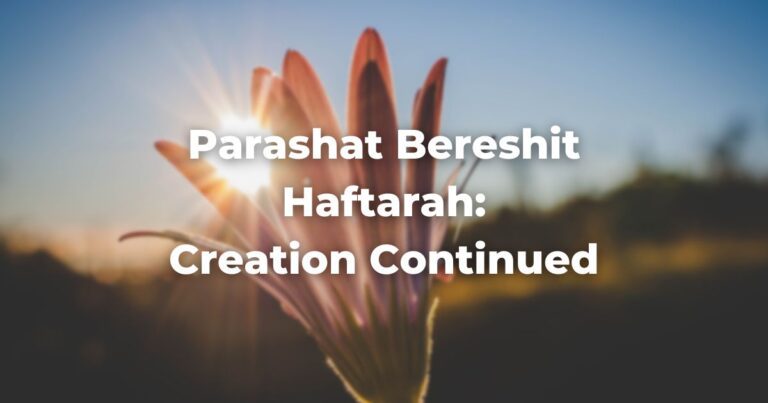Haftarah for Parashat Vayetzei
The first time we are introduced to the concept of Sheol is by Jacob. Our once strong character, who outwitted brother and uncle and wrestled with an angel, is undone by the supposed death of his son, Joseph. From that point onward, there is a refrain that repeats for Jacob.
No matter what the situation is, he talks of descending, mourning, to Sheol.
Meanwhile, in our haftarah portion, we get one of the most memorable descriptions of what Sheol might be. God speaks, saying in the JPS translation:
“From Sheol itself I will save them,
Redeem them from very Death.
Where, O Death, are your plagues?
Your pestilence where, O Sheol?”
So what is this Sheol, this place Jacob brings up back in Genesis and that God seems to mock many hundreds of years later in the Book of Hosea?
Clearly, it is associated with death. In order to understand what this association means, we have to explore what we mean when we talk about death in the TanakhAn acronym for the name of the Hebrew Bible: Torah, Neviim, and Ketuvim. Read more.
Jon Levenson puts forth a very interesting way of how to understand death in a biblical context. He writes, “death in the ancient Near Eastern world was often conceived of as a disease – the most serious disease, to be sure, and seldom if ever, curable – but a disease nonetheless.”
The specter of death hangs over each of the patriarchs in Genesis.
Isaac and Jacob both lean into old age and climb onto their deathbeds many decades before they actually die. From a modern perspective, this seems bizarre.
Why do they assume they are dying when they have such a long time to live?
Yet from a biblical perspective, Isaac and Jacob place themselves on the death-side of the continuum or spectrum from life to death. They view themselves as sick or sad or incapacitated, more dead than alive in an existence without hope.
Of course, that didn’t mean they were literally, medically dead as we understand death today. They were just suffering from death, the disease, for decades. Neither of them ever recovered.
Within this framework of death, Sheol is the location at which death is experienced.
It is the narrow place, the pit, the prison, the watery deep, the seemingly inescapable underneath where humans feel themselves to be when they are suffering from death, the disease. It is Jacob’s way of expressing his hopelessness and inertia upon losing Joseph. He finds himself in Sheol, in a state of confined existence.
Of course, God is a God of life, a living God. In this way, God is very much located at the opposite end of the spectrum from death.
In fact, in many of the Psalms, Sheol is depicted as a place or feeling of being cut off from God. What we see then in the text of the haftarah is God overcoming this separation. God enters the place that is defined as God’s absence and in doing so overcomes death itself.
When God chooses to come down into the metaphorical pit with us, the pit loses its power over us to such an extent that the disease of death no longer seems quite so fatal. When hope is returned to us, doom is no longer inevitable.
As we read the story of Jacob in the coming weeks, it is worthwhile to pay attention to the interplay between hope and God as the thing that redeems us from various Sheols.
See More: Parashat Vayetzei
Originally posted as part of the Conservative Yeshiva at the Fuchsberg Jerusalem Center’s Torah Sparks. Support TorahRefers to the first five books of the Hebrew Bible, the Tanakh, also called the Five Books of Moses, Pentateuch or the Hebrew equivalent, Humash. This is also called the Written Torah. The term may also refer to teachings that expound on Jewish tradition. Read more learning from the Fuchsberg Jerusalem Center/Conservative Yeshiva for leaders and seekers around the world here.
Authors
-

Bex Stern Rosenblatt is the Conservative Yeshiva’s Faculty-in-Residence for the Mid-Atlantic Region of the United States, teaching Tanach, using the techniques of close-reading, theater, feminist readings, and traditional commentators. Bex also directs the CY’s recruitment efforts in North America. After finishing her B.A. in History and German at Williams College, Bex received a Fulbright Grant to Austria. She later earned an M.A. in Tanakh from Bar Ilan University and has also studied at the Conservative Yeshiva and Bina Jerusalem. Bex is the founder of HavrutaA study partner. A hevruta is more than just a ‘study buddy’ it is a serious and personal relationship between colleagues. Also spelled: Havruta Read more Tel Aviv, an organization that facilitates guided pair-learning of the Tanakh.
View all posts -



The Fuchsberg Jerusalem Center (FJC) is a home in the heart of Jerusalem where leaders and seekers can find an authentic place in Jewish tradition to call their own. FJC offers opportunities to study, pray and explore within an egalitarian and inclusive setting, creating multiple pathways for finding personal and communal meaning.
View all posts






